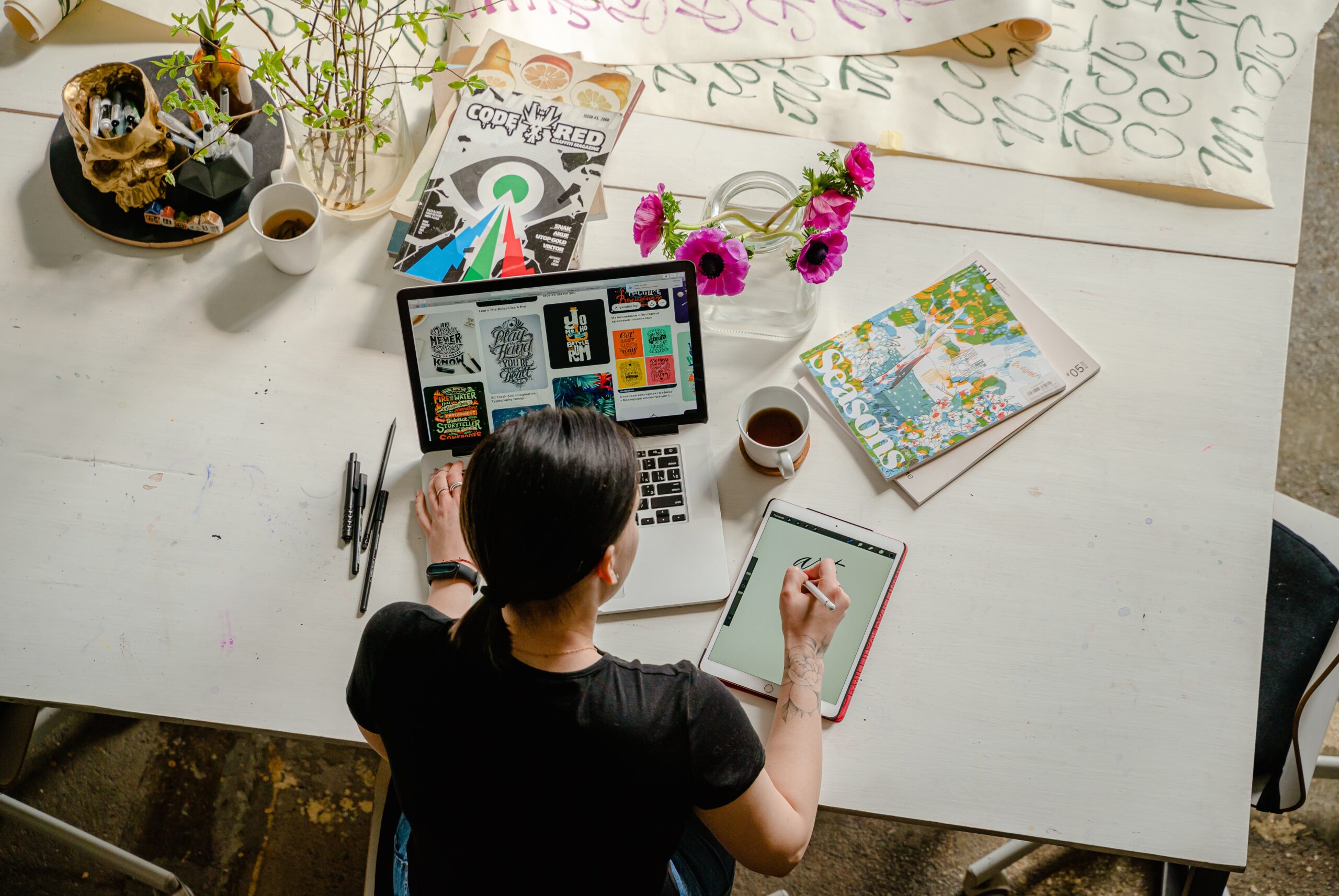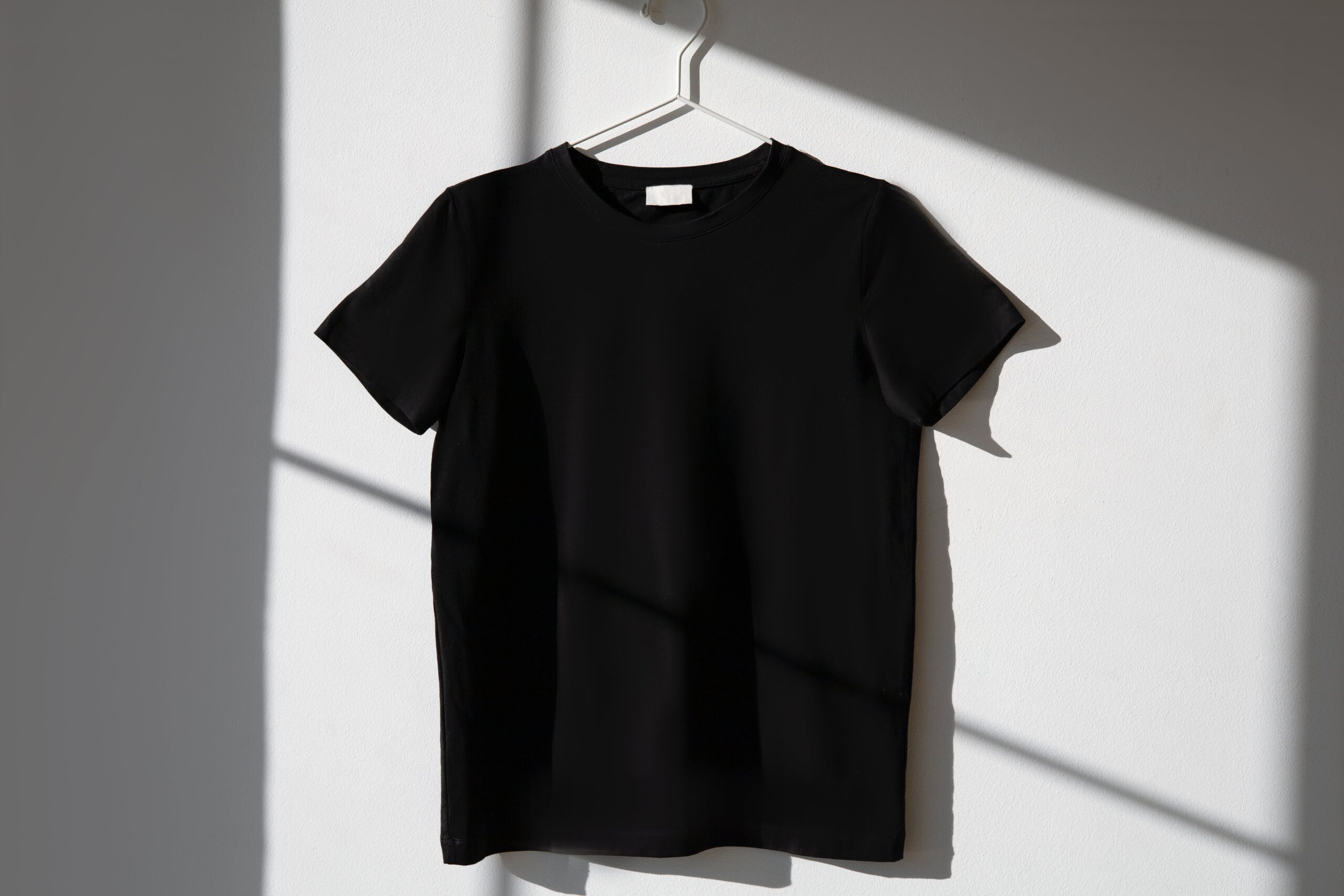Hello to all kindred spirits who seek themselves and should want to express themselves creatively; meaning us. As the daily life oftens seems to be an ongoing frenzy, the calm moments of contentment and comprehension can stand out with power as a necessary counterbalance to the ordinary chaos.
Art therapy cannot be constricted by only painting colorful pictures or creating masterpieces but the act of being self- conscious, unlocking your surrounding emotional attachments, and grasping a deep understanding of self. This is a different type of therapeutic technique, whereby you begin to find creative capabilities that you did not know you may have.
In this blog post, we will explore the world of art therapy – from the beginnings and recent studies to the theory of self-reflection and some of the techniques used in this healing practice. With this in mind, let’s all grab our paintbrushes (or any other inspirational guide that calls out to you) as we set off on this venture – a quest to unmask our true personality throughcreativity.
What is Art Therapy?
This is an art based form of psychotherapy that use the art of making as a medium of treatment for healing and self-growth. It transcends verbalisation, giving a platform for people to access the subconscious self and send across thoughts, feelings and experiences in visual form.
This is because, contrary to conventional talk therapy, art therapy is a safe channel that allows a medium to release deep sentiments and emotions that are hard to describe in words. The aritsts can travel around various artistic medium such as drawing, collage making, or even painting to address the area of unresolved conflictive issues, traumas, etc, in a safe, light, and supportive atmosphere.
In art therapy, concentration is not set on creating attractive art; consequently, the process is the primary consideration. The use of colors, shapes, textures when interacting with it, it becomes a means of self-expression and self-aware. It enables human beings to externalize internal conflicts or narratives that could have been eliminated in their depths.
With the help of art therapists, clients embark on a creative path in the presence of such practitioners who meticulously guide them in the right direction. They offer a sensitive place where people can delve into their world of the Self without judgment or expectation. Through careful monitoring of the artistic process – color selection, expression methods used – important career progress can be obtained concerning an individual’s feeling and way of thinking.
Essentially, art therapy course online provides a tangible guide to self-realisation by channeling the energy of manifestation as a fuel for change. It encourages people to accept themselves vulnerable at the same time offering them in a way empowering themselves with a sense of expression. And regardless of whether you call yourself an artist or not, this does not make any difference: what makes a difference is your decision to enter this horizons of self-discovery through art.
The History of Art Therapy
The history of art therapy can be dated to the early 20 th century when psychologists and psychiatrists started understanding the role of art in healing and how to use artistic expression as an alternative healing art. An important figure in developing the art therapy was Margaret Naumburg, she was some sort of an educator and a psychologist of kinds whose theory suggested that the use of art was a means in which a person could get their thoughts or feelings.
From the 1940s, various pioneers such as Edith Kramer and Elinor Ulman also develop further Naumburg’s concepts, and they mainly apply art to self-analysis therapy and use it for medical processing. The early art professionals set foundations for the modernization of art therapy through it becoming a legitimate career path.
Art therapy is still an emerging field, but it has been undergoing changes in practice and approaches with time. In this area of study, there are no universal methods with known characteristics applying to all the individuals. Instead, the field is distinguished by strategies that range from Gestalt-based methods prioritizing self-awareness and character development to psychodynamic strategies that involve mining for subconscious emotions.
The current generation of art therapists use concepts that are usually applied by theories in psychology, neuroscience, and counseling in shaping what they do. They provide their services to people from all sectors of society, children with special needs, servicemen who underwent traumatic experiences, individuals who are addicted or suffer from psychological disorders – anyone who can benefit from creativity to become a tool of self-reflection and emotional release.
However, the deeper we delve into studying human mind with the help of scientific research, the more we find out about the connection between it and the power of creativity that can help to produce positive effects in the field of mental health. In front of a parade of this so-called “holistic healing,” art therapy is considered a pioneer that knows how to put imagination and creativity in the service of reproduction oneself. With the help of an art instructor, people are given the opportunity to uncover the truths beyond surface-level ones in themselves which would have never risen let alone explored if subjected to the role of a professional in art.
The history of art therapy showcases its resilience over time – evolving alongside advancements in psychology while staying true to its core principles: developing creative processes, developing a sense of emotional expression, fostering self-grow, supporting creativity from the outside. In the case of the modern world, the cultural centre provides the consumers with diverse possibilities of autonomy in terms of their creative lifestyles and experiences.
The impact of art therapy is that it helps a lot in the aspect of self-reflection.
The art therapy should be seen as a strong weapon in the fight against the environment that has covertly or overtly shaped individuals’ inner worlds. Art therapy has helped people engage in self-reflection and touch their souls. By investing different artistic strategic, art therapy provides non-verbal articulation of ideas and emotions. This can also be especially helpful for people who might find difficulty to express them verbally, in the case of inappropriate expression of emotions.
The means of helping with the self-reflection through the process of art therapy include a protective space where one can be able to address matters of thoughts and feelings without any inference. The very process of constructing art can now be a purifying technique, permitting people to unburden their concealed emotions and awareness into themselves, at living under much deeper degrees.
The other way in which art therapy gives reflection for oneself is by promoting mindfulness and being mindful about the phenomenon of your immediate staying. In the process of developing a product, the individual will largely engage in enjoying as opposed to enjoying and experiencing sensitivities, thoughts, and feelings in all aspects.
In art therapeutic sessions, various techniques are used by therapeutic for encouragement of reflection. For instance, they might motivate clients to produce collages using images or some symbols or signs that depict the feelings and pain level of oneself. This practice gives clients a possibility to draw their inside world and learn some new things about them.
Other procedures that are applied to people in art therapy are guided imagery exercises, when clients imagine a certain task or event, while creating art based on what they imagine. With the application of this method, clients not only understand what their subconscious mind stores but also dive into the treasure trove of their unconscious thoughts or memories.
The practice of art therapy opens up many possibilities of self-reflection which can bring a lot of benefits regarding personal growth and healing. Creative processes whereby individuals are guided by a competent therapist make it possible for people to understand more about themselves, and learn to better overcome the feelings they are struggling with.
These Are Variant Techniques Used in Art Therapy for Inward Reflection
Art therapy involves a range of practices that allow the participants to reflect on their feelings, ideas, and situation into a creative expression.
1. Free Drawing: Using this method, people can speak as much as they want and not feel restricted or pressured to speak in any way. It urges them to shed off criticism and activating their area of creativity.
2. Collage Making: When assembly is done, it is about ‘images, colors, and textures’ that stand for feeling or personal aspiration and resonance. It can provides a valued medium for reflection as individuals are able to create a visual identity to illustrate their thoughts and emotions.
3. Guided Imagery: Visualizations are one of the ways of using imagination stimulated by the therapist. These visualizations serve to provoke certain emotions or cause memories to resurface. While doing work with these guided images, through the created artwork by using them, people can understand what lies in their unconscious mind.
4. Mandala Creation: Mandalas are complex ones on a geometric pattern that is usually applied to art therapy because of its relaxing, and self-discovering effect. The activity of mandala making can help a person to focus and be more mindful of one’s world inside without any mess.
5. Clay Sculpting: Creating something out of clay is very physical with the person physically dealing with the clay and thus physicalizing the thoughts within the person. It is more than merely intellectual stimulation; it elicits tactile artifice that is often simultaneously therapeutic and cathartic.
With a lot of time and effort engaged in these art therapy techniques, practitioners highlight intervention that makes it possible for people to relate to their core and to pursue relationships, trauma, aspirations, anxieties, victories, and weaknesses.
With art therapy comes a priceless avenue for introspection since there is a hypothetical ‘room’ or a setting which allows one to unwind into the mind through a means of creative expression.
The process of art-making that is not simply a production,but one where free drawing,collage creating, guided imagery,Mandala creation and clay sculpting are used for for introspection, growth and awareness of self.
Art therapists can unobtrusively help clients every step along the way, drawing the lines between selected materials, others artwork, and the experiences of the individuals.















